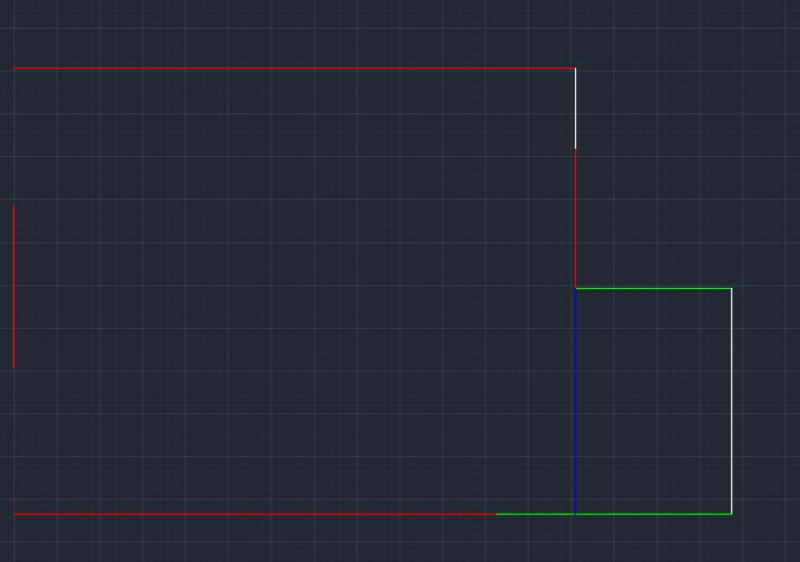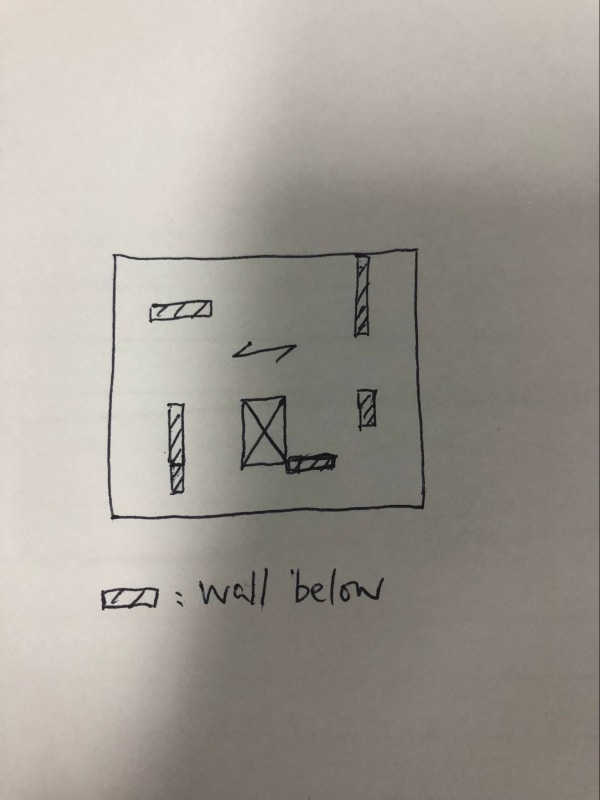Navigation
Install the app
How to install the app on iOS
Follow along with the video below to see how to install our site as a web app on your home screen.
Note: This feature may not be available in some browsers.
More options
Style variation
-
Congratulations TugboatEng on being selected by the Eng-Tips community for having the most helpful posts in the forums last week. Way to Go!
You are using an out of date browser. It may not display this or other websites correctly.
You should upgrade or use an alternative browser.
You should upgrade or use an alternative browser.
One way flat plate?
- Thread starter Zzzer
- Start date
- Status
- Not open for further replies.
A flat plate is by definition 2 way action. To design it any other way requires large amounts of redistribution, which means that normal estimates of deflections do not apply and crack control is not satisfied unless extra reinforcement is supplied in areas in tension not covered adequately by your one-way reinforcement layout, both in areas with no reinforcement and areas with inadequate reinforcement for crack control. Most design codes limit the amount of redistribution allowed and to design it as one way would violate these limits. From this you would guess that I am opposed to the idea.
I have seen it done before, with strong bands in one direction. But the analysis cannot be based on FEM for the ultimate strength condition as FEM is showing elastic two way action that you are not providing. The analysis has to be based on the design logic being used to be compatible.
For crack control, the analysis should be elastic and this could be based on FEM, to show the areas where an elastic analysis is telling you that reinforcement should be placed.
Then you do not really know what the effect of the redistribution is on deflections.
If done properly you will end up with more reinforcement than you would by designing it properly as a flat slab.
I have seen it done before, with strong bands in one direction. But the analysis cannot be based on FEM for the ultimate strength condition as FEM is showing elastic two way action that you are not providing. The analysis has to be based on the design logic being used to be compatible.
For crack control, the analysis should be elastic and this could be based on FEM, to show the areas where an elastic analysis is telling you that reinforcement should be placed.
Then you do not really know what the effect of the redistribution is on deflections.
If done properly you will end up with more reinforcement than you would by designing it properly as a flat slab.
- Thread starter
- #3
Thank you very much rapt. Yeah, FEM only gives you elastic deflection. It is hard to calculate deflection of two way flat plate either by hand or spreadsheet though.
BTW, I guess you are in Australia from your name rapt? If you are, could you please help me with the following question?
If you are, could you please help me with the following question?
So I am gonna use bondek instead which I am not familiar with. And I am wondering how you normally design for the balcony area? Lets say I have a structure as below (red lines are the locations that I can place wall under, green lines mean the balcony area). Do you run two cantilever beam (green lines) for the support for bondek and make the direction of bondek 90 degree or do you just have a beam (blue line) and cantilever the slab and then provide propping? Thank you.

BTW, I guess you are in Australia from your name rapt?
So I am gonna use bondek instead which I am not familiar with. And I am wondering how you normally design for the balcony area? Lets say I have a structure as below (red lines are the locations that I can place wall under, green lines mean the balcony area). Do you run two cantilever beam (green lines) for the support for bondek and make the direction of bondek 90 degree or do you just have a beam (blue line) and cantilever the slab and then provide propping? Thank you.

So you have gone from a flat slab to a two way slab reinforced in one direction with Bondek structural decking which basically makes it a one way slab in the Bondek direction.
You could lay your Bondek in either direction, depending on where you want to see beams. It would normally be in the shorter span direction, but I doubt that the beam on the green line at the centre will be of much use without a beam in the back span. And I doubt that anyone wants to see a beam at the end of the balcony where the white line is. Or would want to see Bonndek sheeting on the soffit of that balcony.
Also, how close is this building to the ocean. Bondek is not guaranteed in a corrosive environment.
You could lay your Bondek in either direction, depending on where you want to see beams. It would normally be in the shorter span direction, but I doubt that the beam on the green line at the centre will be of much use without a beam in the back span. And I doubt that anyone wants to see a beam at the end of the balcony where the white line is. Or would want to see Bonndek sheeting on the soffit of that balcony.
Also, how close is this building to the ocean. Bondek is not guaranteed in a corrosive environment.
- Thread starter
- #5
Thanks for your reply. Yeah, bondek but one way because I think there is no point using a two-way bondek as we are gonna lost 50mm thick concrete rib. So if I run the slab in x direction, which means I will get rid of the green lines and use a cantilever bondek slab which sits on the blue beam instead. Or if I run the slab in y direction, I will cantilever the green beams and yes I need a back span for the green beam in centre, which means I need to extend the beam to the wall. So I am no sure which one is more commonly used in Australia for bondek.
Yes corrosion is an issue. It is a 5 storey apartment in northern Melbourne and I was just told that bondek is normally not used in concrete apartment. Is it ture? So I will probably change it to two way flat slab.
Actually it is my first concrete project in Australia which I am not very confident as flat slab is not used in the country I moved from because of earthquake. I will keep this updated and hope you guys could help me ragarding the flat slab when you have time.
Thanks for you help again
Yes corrosion is an issue. It is a 5 storey apartment in northern Melbourne and I was just told that bondek is normally not used in concrete apartment. Is it ture? So I will probably change it to two way flat slab.
Actually it is my first concrete project in Australia which I am not very confident as flat slab is not used in the country I moved from because of earthquake. I will keep this updated and hope you guys could help me ragarding the flat slab when you have time.
Thanks for you help again
- Status
- Not open for further replies.
Similar threads
- Locked
- Question
- Replies
- 14
- Views
- 6K
- Locked
- Question
- Replies
- 10
- Views
- 736
- Locked
- Question
- Replies
- 5
- Views
- 1K
- Locked
- Question
- Replies
- 8
- Views
- 4K
- Replies
- 13
- Views
- 1K

